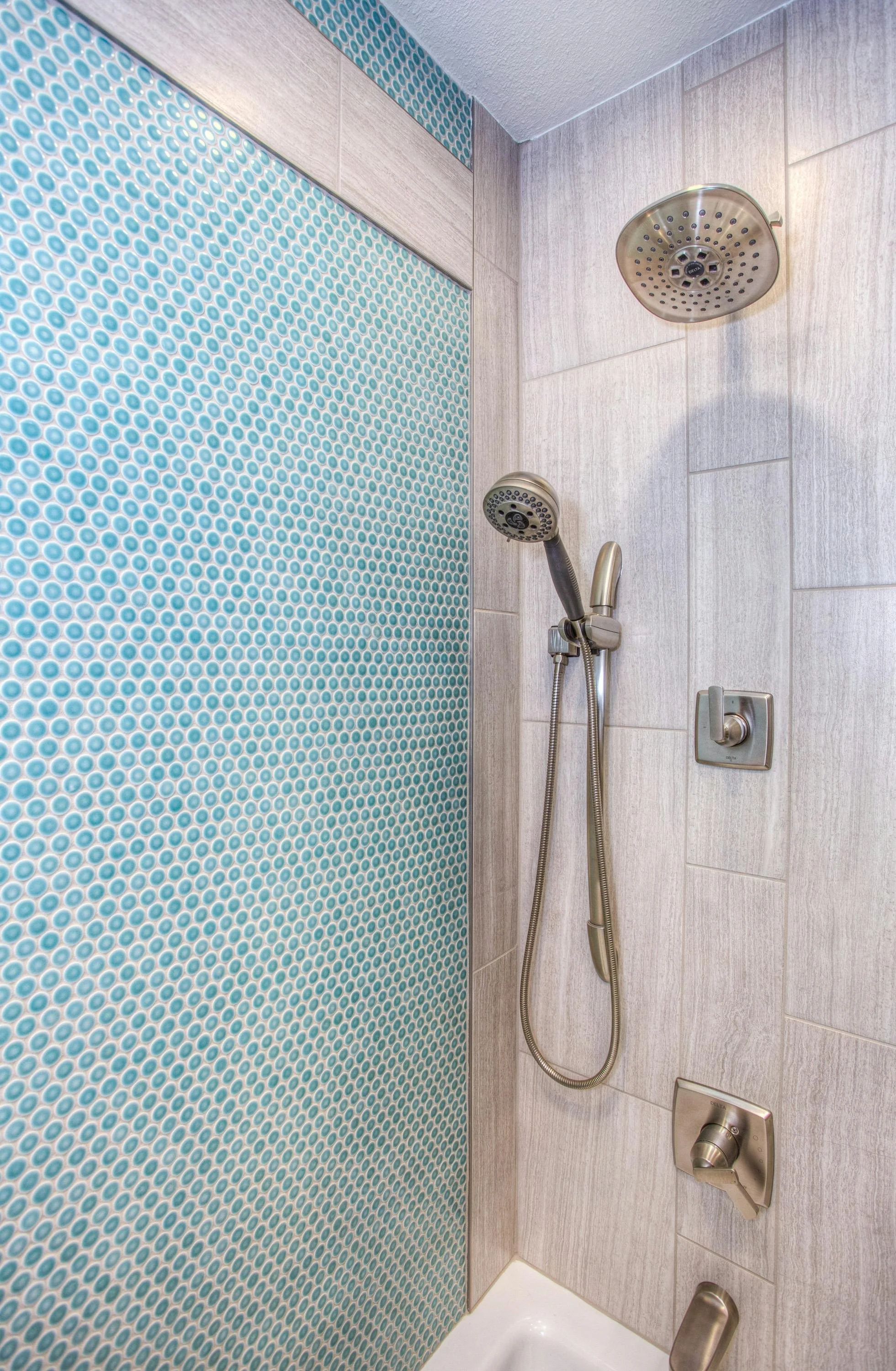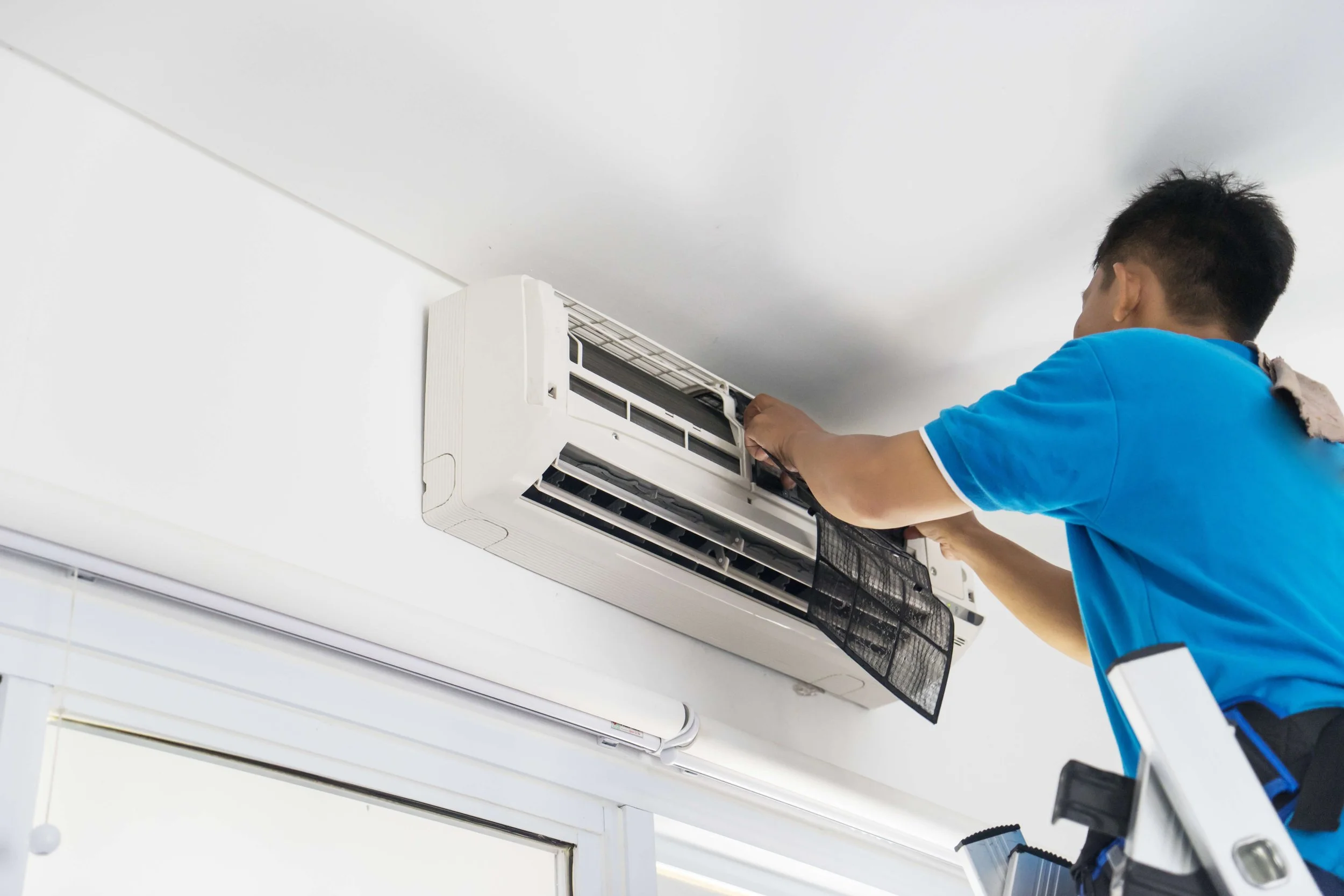How to organise plumbing issues as a property manager
RH Business Marketing Solutions
As a property manager, especially in the UK where the climate can be variable and older buildings are commonplace, understanding common plumbing issues is paramount. Proper identification and early detection can save time, money, and maintain tenant satisfaction.
Understanding common plumbing issues
As a property manager, especially in the UK where the climate can be variable and older buildings are commonplace, understanding common plumbing issues is paramount. Proper identification and early detection can save time, money, and maintain tenant satisfaction.
Identifying common plumbing problems
Leaks are one of the most frequent issues encountered in property management. They can occur in various places, such as pipes, taps, and toilets. Even a small drip over time can lead to significant water waste and potential structural damage. Clogs are another prevalent problem, often found in sinks, toilets, and drains. These blockages can be caused by a build-up of hair, grease, foreign objects, or even tree roots infiltrating underground pipes.
Water heater failures are particularly concerning in the UK, where the chilly weather makes reliable hot water essential. Common issues with water heaters include faulty thermostats, sediment build-up, and broken heating elements. Additionally, low water pressure can be a frequent complaint, often resulting from pipe corrosion, blockages, or issues with the water supply from the mains.
Burst pipes present a significant challenge, especially during the cold winter months. When water in pipes freezes, it expands, leading to cracks or complete bursts, which can cause extensive damage if not addressed promptly. Another common problem is running toilets, often due to faulty flapper valves or fill valves, which can waste a considerable amount of water and lead to higher utility bills.
Signs and symptoms of plumbing issues
Recognising the signs and symptoms of plumbing issues early can prevent minor problems from escalating into major repairs. Unusual noises such as banging, gurgling, or hissing from pipes often indicate issues like air in the pipes or water hammer. Water stains on walls, ceilings, or floors usually signal hidden leaks, while persistent dampness or slow leaks can lead to mould and mildew, which are not only health hazards but also signs of plumbing problems.
Slow drains in sinks, baths, or showers are typically a sign of blockages in the pipes. Unpleasant odours emanating from drains or toilets can suggest blockages or sewer gas leaks. Additionally, a sudden spike in water bills might indicate an undetected leak or a running toilet. It's also important to inspect pipes for visible rust or corrosion, as these can be precursors to leaks or bursts.
Importance of early detection
The importance of early detection of plumbing issues cannot be overstated. Addressing minor problems before they become major can result in significant cost savings on repairs and water bills. Preventing property damage is another critical aspect; leaks and bursts can cause extensive structural damage, leading to costly renovations.
Ensuring tenant satisfaction is crucial for property managers. Quick resolution of plumbing issues keeps tenants comfortable and satisfied, reducing turnover and maintaining positive relationships. Health and safety are also paramount, as properly functioning plumbing systems prevent health hazards such as mould growth, which can cause respiratory issues and other health problems.
Furthermore, property managers in the UK must comply with specific health and safety standards. Regular inspections and prompt repairs ensure adherence to these regulations, avoiding legal complications. Understanding common plumbing issues, recognizing their signs, and appreciating the importance of early detection are fundamental steps for any property manager. By staying vigilant and proactive, property managers can maintain their properties in optimal condition, ensure tenant satisfaction, and prevent costly repairs.
Establishing a plumbing maintenance schedule
As a property manager, establishing a comprehensive plumbing maintenance schedule is essential for the smooth operation of your properties. This proactive approach helps to prevent minor issues from becoming major problems, ensuring the longevity of the plumbing system and tenant satisfaction.
Regular inspections and preventative maintenance
Regular inspections are the cornerstone of effective plumbing maintenance. Scheduling routine checks allows you to identify and address potential issues before they escalate. Inspecting pipes, fixtures, and appliances regularly helps in spotting leaks, corrosion, and other wear and tear early on. Preventative maintenance should include checking water pressure, testing shut-off valves, and ensuring that all fixtures are functioning correctly. This proactive approach not only extends the life of the plumbing system but also saves money on emergency repairs.
Seasonal maintenance tasks
Seasonal maintenance tasks are crucial in adapting to the changing weather conditions typical of the UK. During the winter months, it's important to insulate exposed pipes to prevent freezing and subsequent bursts. Ensure that the heating systems are functioning efficiently to maintain a consistent temperature within the property. In the spring, focus on checking for any damage caused by the winter freeze, such as cracked pipes or damaged seals. Summer maintenance should include inspecting outdoor plumbing and irrigation systems, while autumn is a good time to clear gutters and drains of fallen leaves and debris, preventing blockages that can lead to flooding.
Creating a maintenance checklist
Creating a detailed maintenance checklist is an effective way to ensure that all necessary tasks are completed systematically. This checklist should include:
Inspection of Pipes and Fixtures: Regularly check for leaks, rust, and corrosion.
Water Pressure Testing: Ensure that the water pressure is within the recommended range.
Valve Testing: Regularly test shut-off valves to ensure they are functioning properly.
Water Heater Maintenance: Inspect and flush water heaters to remove sediment build-up.
Drain Cleaning: Schedule routine drain cleaning to prevent clogs.
Pipe Insulation: Especially before winter, ensure all exposed pipes are adequately insulated.
Gutter and Drain Maintenance: Regularly clear gutters and drains, particularly during autumn.
By incorporating these tasks into a regular maintenance schedule, you can ensure that all aspects of the plumbing system are functioning optimally. This approach not only helps in preventing unexpected breakdowns but also extends the lifespan of the plumbing infrastructure, maintaining the property's value and ensuring tenant satisfaction.
Building a network of reliable contractors
One of the most crucial aspects of managing plumbing issues as a property manager is building a network of reliable contractors. Having trustworthy professionals on call ensures that any plumbing problems can be addressed swiftly and effectively, maintaining the smooth operation of your properties and the satisfaction of your tenants.
Criteria for selecting plumbers and plumbing services
Selecting the right plumbers and plumbing services requires careful consideration. Firstly, ensure that the plumbers are fully licensed and insured. This not only guarantees that they are qualified but also protects you from liability in case of any accidents or damages during the repair work. Secondly, look for plumbers with a solid reputation. Check reviews, ask for references, and seek recommendations from other property managers. Experience is another key factor; choose contractors who have a proven track record in handling a variety of plumbing issues, particularly those common in the types of properties you manage.
Additionally, evaluate their availability and response times. Plumbing issues often require urgent attention, so it's essential that your contractors can respond quickly, especially during emergencies. Lastly, consider the cost of their services. While it’s important to keep costs manageable, remember that the cheapest option isn’t always the best. Focus on finding a balance between affordability and quality to ensure long-term satisfaction.
Establishing long-term relationships
Once you've selected reliable contractors, focus on establishing long-term relationships with them. Consistent collaboration fosters trust and ensures that the contractors are familiar with your properties and specific needs. Schedule regular maintenance visits and inspections to keep them engaged and proactive in identifying potential issues.
Building a rapport with your contractors also means better service; they are more likely to prioritise your calls and provide more personalised and efficient service. Additionally, long-term relationships often come with the benefit of negotiated rates and priority service, which can be invaluable in times of emergency.
Emergency contact list
Maintaining an up-to-date emergency contact list is essential for effective plumbing management. This list should include the contact details of your primary plumbing contractors, including after-hours emergency numbers. Additionally, have a backup list of secondary contractors in case your primary contact is unavailable.
Distribute this emergency contact list to your property management team and ensure that tenants also know whom to contact in case of a plumbing emergency. Clear communication protocols should be in place so that everyone knows the procedure for reporting and handling urgent issues.










